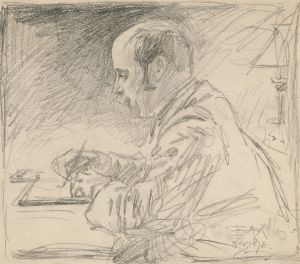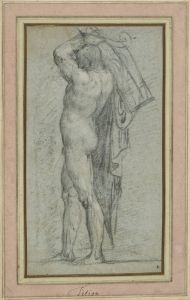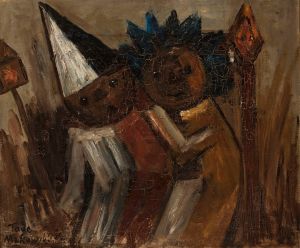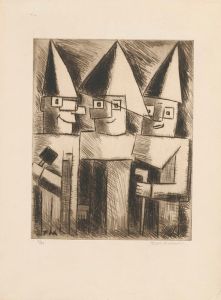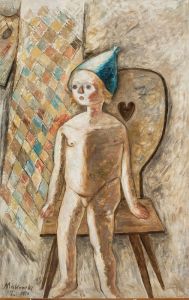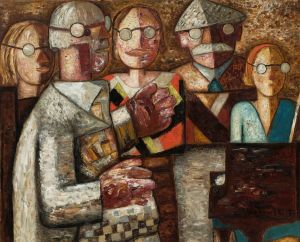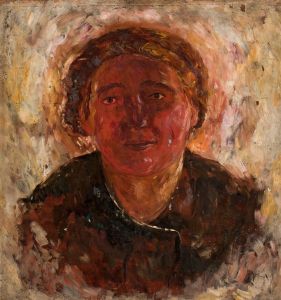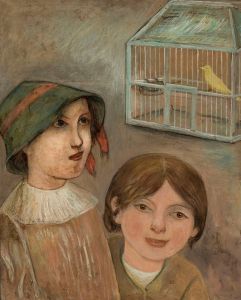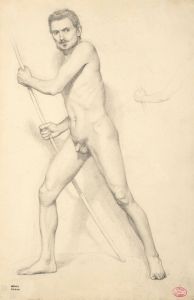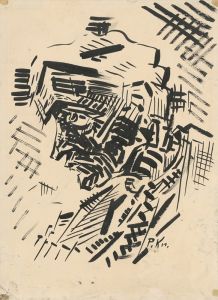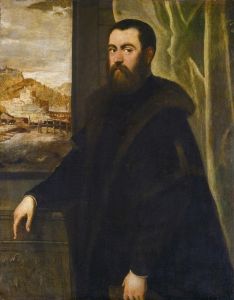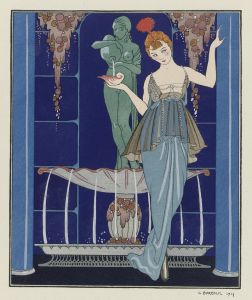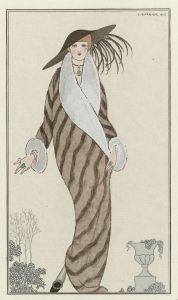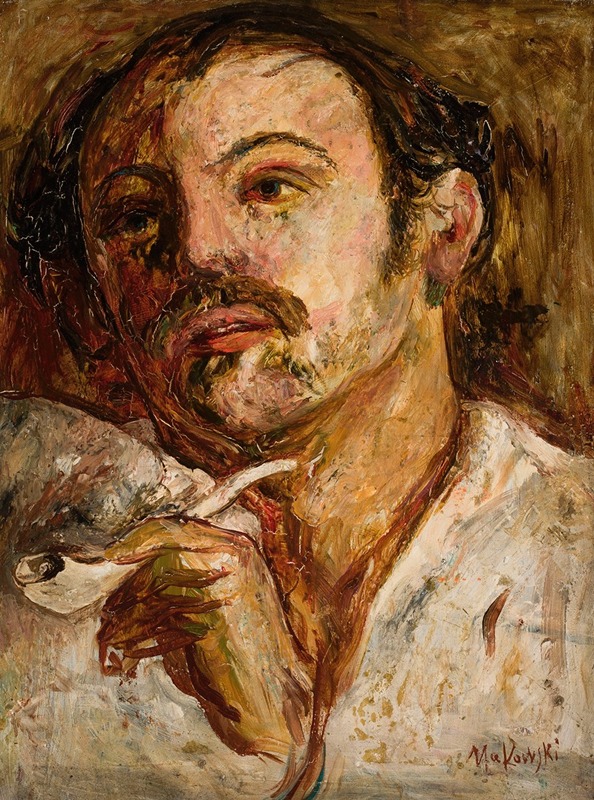
Portrait of a man with a smoking pipe
A hand-painted replica of Tadeusz Makowski’s masterpiece Portrait of a man with a smoking pipe, meticulously crafted by professional artists to capture the true essence of the original. Each piece is created with museum-quality canvas and rare mineral pigments, carefully painted by experienced artists with delicate brushstrokes and rich, layered colors to perfectly recreate the texture of the original artwork. Unlike machine-printed reproductions, this hand-painted version brings the painting to life, infused with the artist’s emotions and skill in every stroke. Whether for personal collection or home decoration, it instantly elevates the artistic atmosphere of any space.
Tadeusz Makowski was a Polish painter known for his unique style that combined elements of Post-Impressionism and Cubism. Born on January 29, 1882, in Oświęcim, Poland, Makowski initially studied classical philology at the Jagiellonian University in Kraków before turning to art. He later attended the Academy of Fine Arts in Kraków, where he studied under the guidance of Józef Mehoffer and Jan Stanisławski. In 1908, Makowski moved to Paris, where he became part of the vibrant artistic community and was influenced by the avant-garde movements of the time.
"Portrait of a Man with a Smoking Pipe" is one of Makowski's works that exemplifies his distinctive approach to painting. Although specific details about this particular painting are scarce, it is consistent with Makowski's broader body of work, which often features simplified forms and a muted color palette. His paintings frequently depict everyday scenes and characters, rendered with a sense of whimsy and introspection.
Makowski's style evolved significantly during his time in Paris. Initially influenced by the Impressionists, he later embraced Cubism, which is evident in his use of geometric shapes and fragmented forms. However, unlike many Cubists, Makowski maintained a strong narrative element in his work, often focusing on human figures and their interactions. His paintings are characterized by a sense of intimacy and a focus on the inner life of his subjects.
Throughout his career, Makowski was particularly drawn to themes of childhood and innocence. His works often feature children, puppets, and toys, depicted in a manner that is both playful and contemplative. This focus on childhood can be seen as a reflection of his interest in the purity and simplicity of life, untainted by the complexities of adulthood.
Makowski's work gained recognition during his lifetime, and he exhibited in various prestigious venues, including the Salon d'Automne and the Salon des Indépendants in Paris. Despite his success in France, he maintained strong ties to Poland and participated in exhibitions there as well.
"Portrait of a Man with a Smoking Pipe" likely reflects Makowski's interest in capturing the essence of his subjects through a combination of realistic and abstract elements. The use of a smoking pipe as a motif could suggest a moment of contemplation or leisure, themes that are recurrent in his work. The painting's composition and style would be consistent with Makowski's broader artistic goals of exploring the human condition through a lens of simplicity and depth.
Tadeusz Makowski passed away on November 1, 1932, in Paris, leaving behind a legacy of work that continues to be celebrated for its unique blend of styles and its poignant exploration of human themes. His paintings are held in various collections, both in Poland and internationally, and continue to be studied and appreciated for their artistic and emotional depth.





